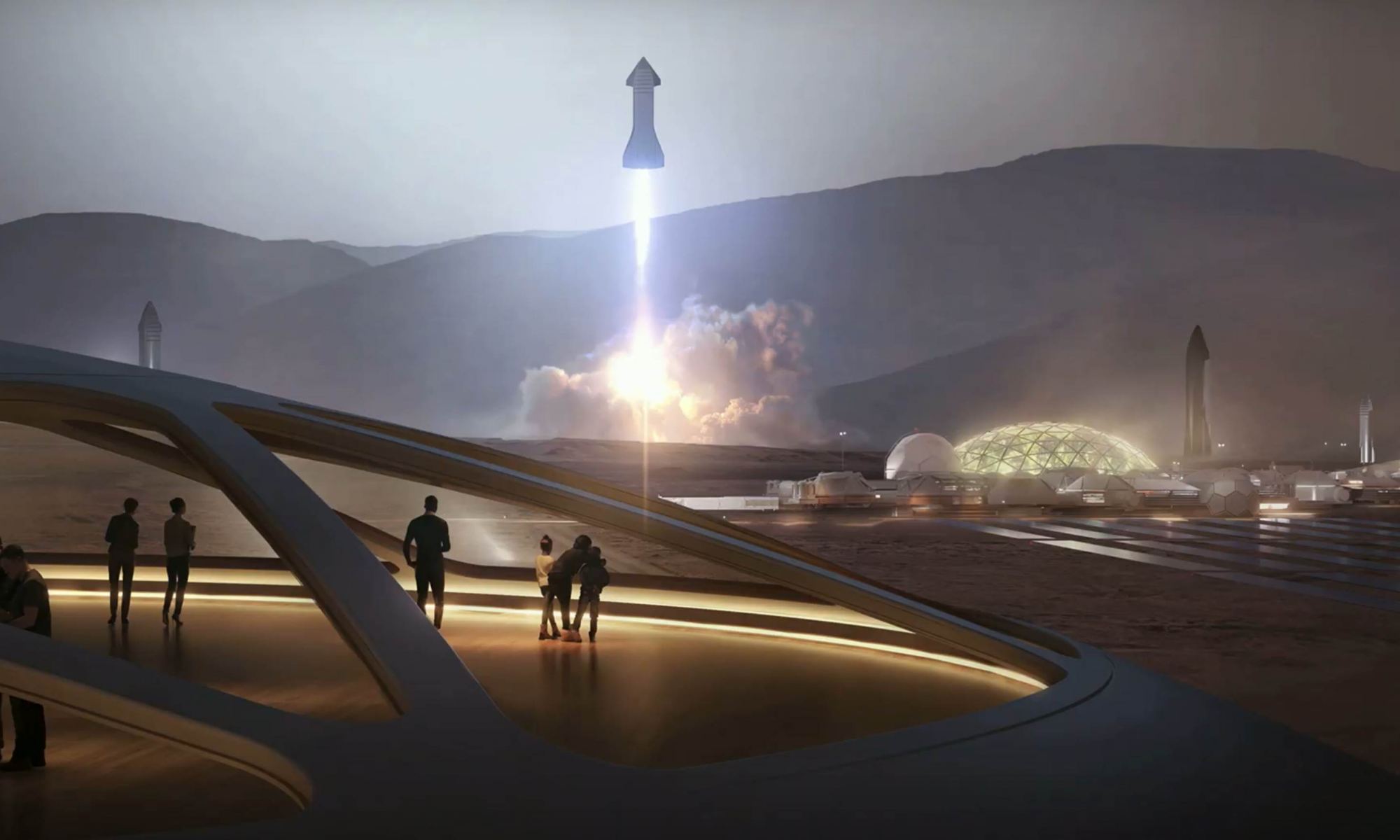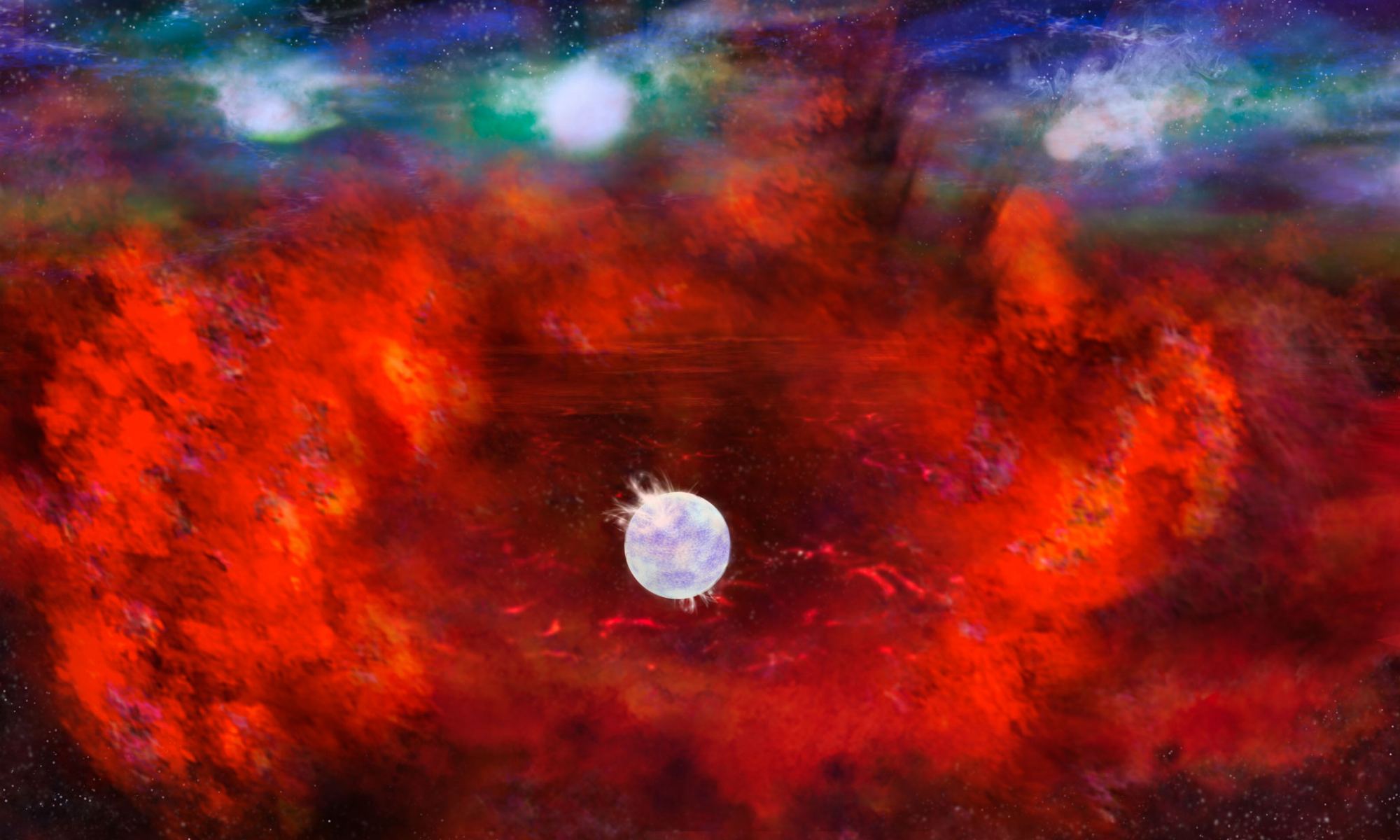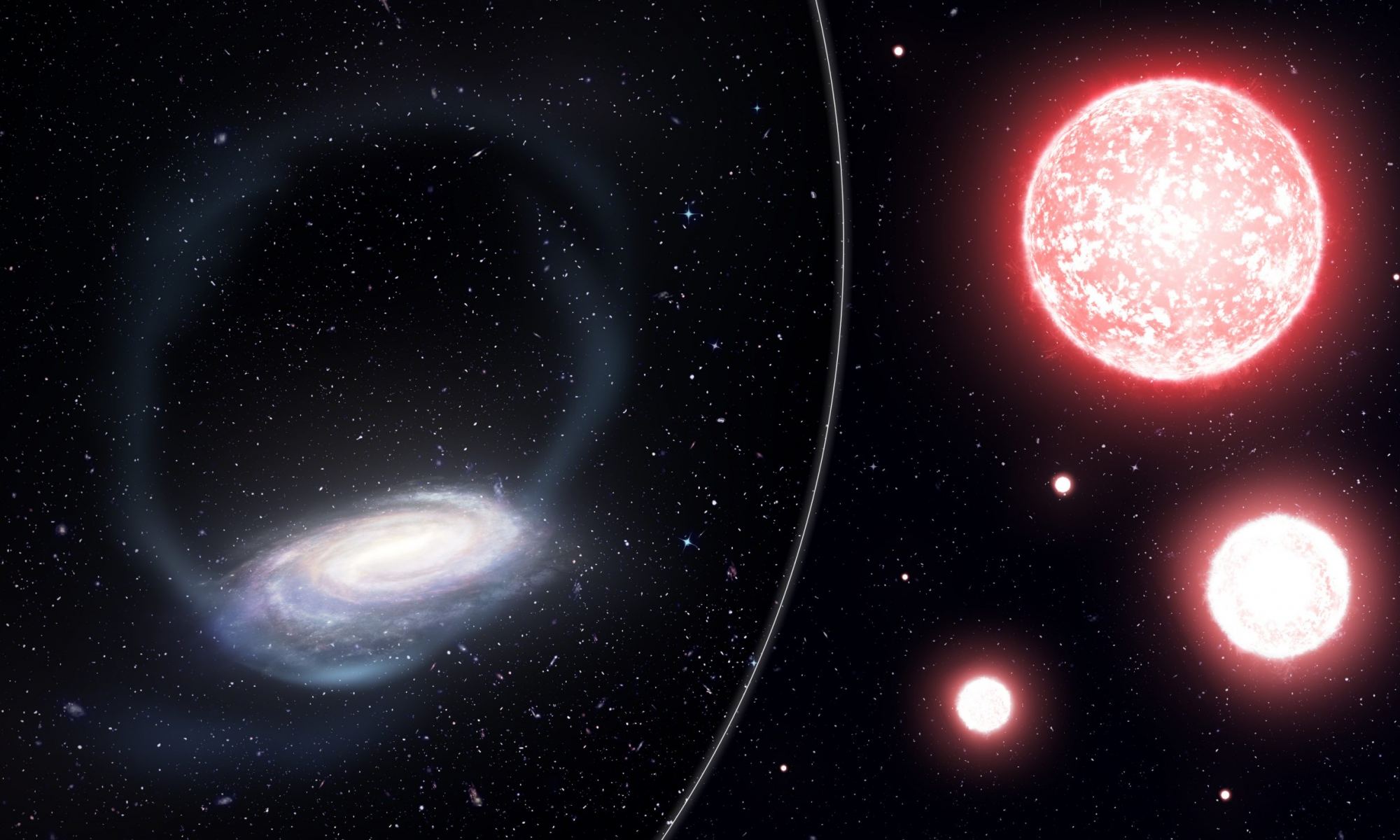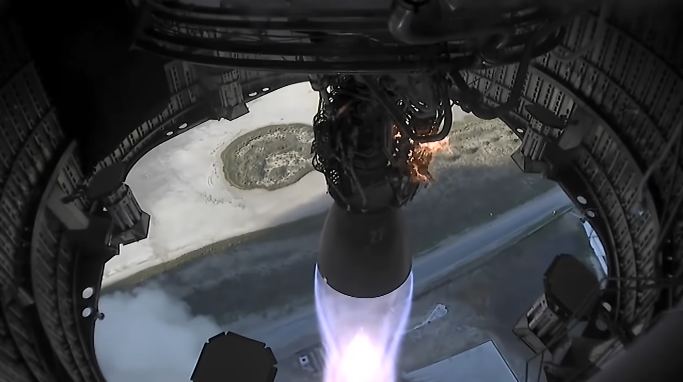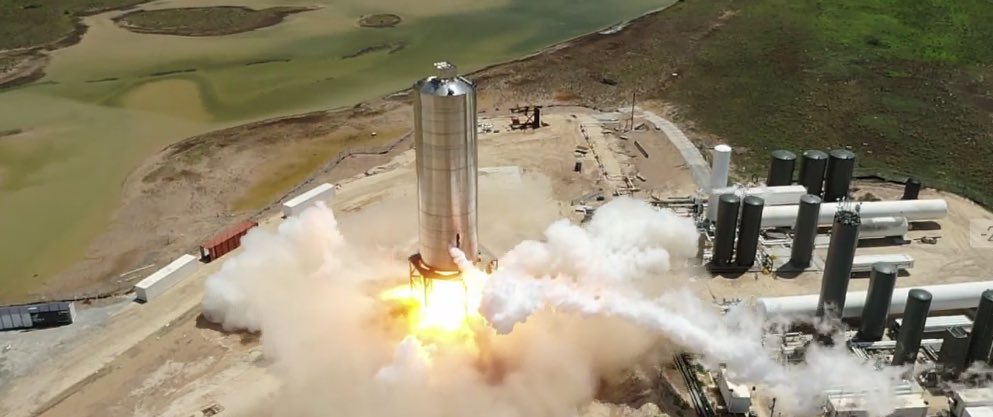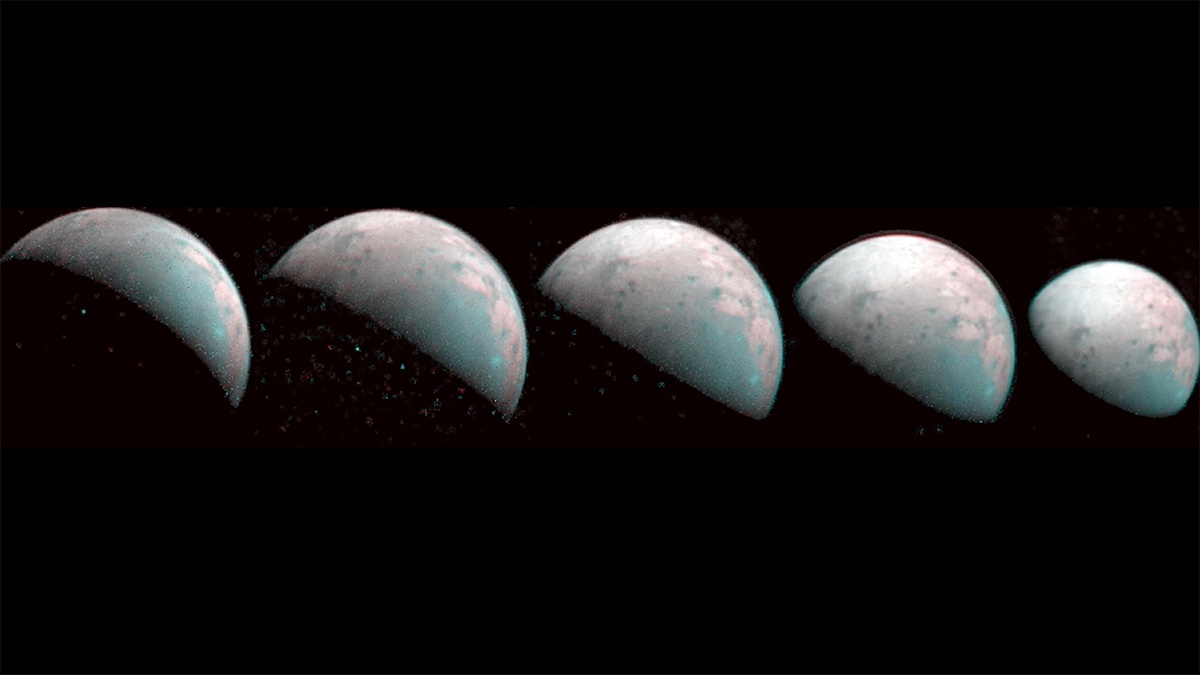SpaceX has been making some exciting moves this summer. On May 30th, their Crew Dragon spacecraft launched on its historic Demo-2 mission, carrying astronauts Robert Behnken and Douglas Hurley to the ISS. They safely returned again on August 2nd, shortly after the SN5 prototype conducted the long-awaited 150 m (500 ft) hop test at the company’s launch facility in Boca Chica, Texas.
And now, in a move that mirrors what Virgin Galactic is doing at Spaceport America in New Mexico, SpaceX has committed to turning Brownsville – the town nearest to the Boca Chica facility – into its own spaceport. To this end, SpaceX recently posted a job application on its website where they announced they are seeking a Resort Development Manager. Potential applicants should follow the link if they think they’re up to the task!
Continue reading “SpaceX is Hiring People to Help Build a Resort at the Boca Chica Launch Facility”
